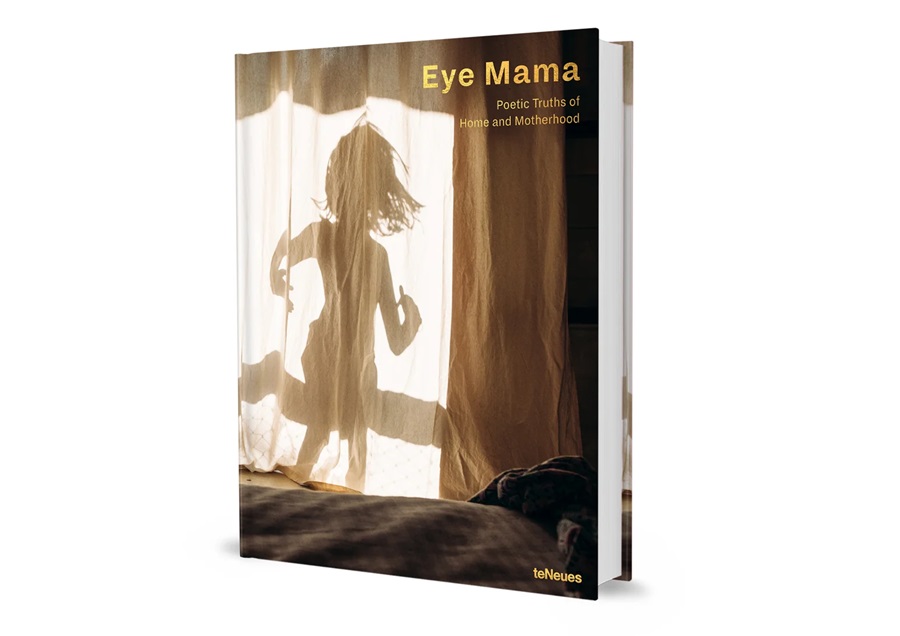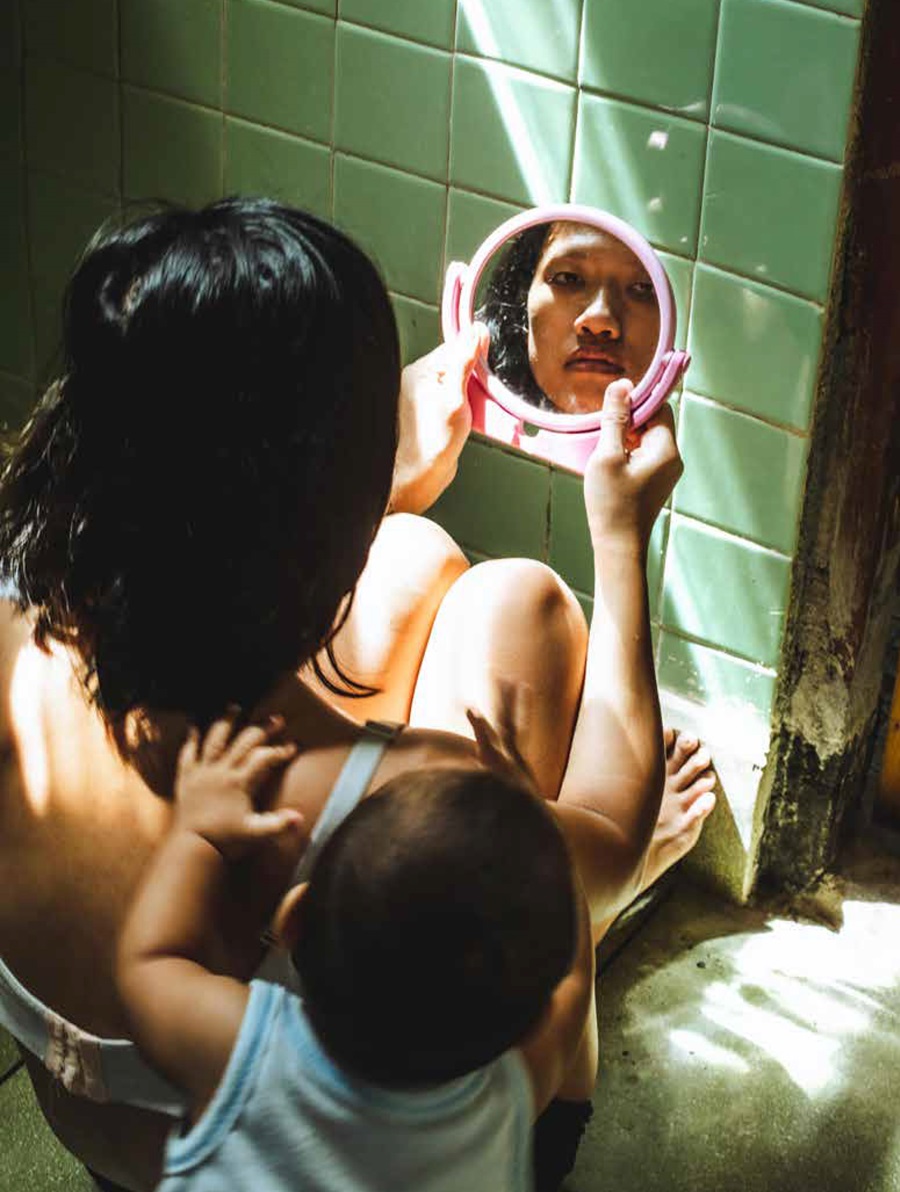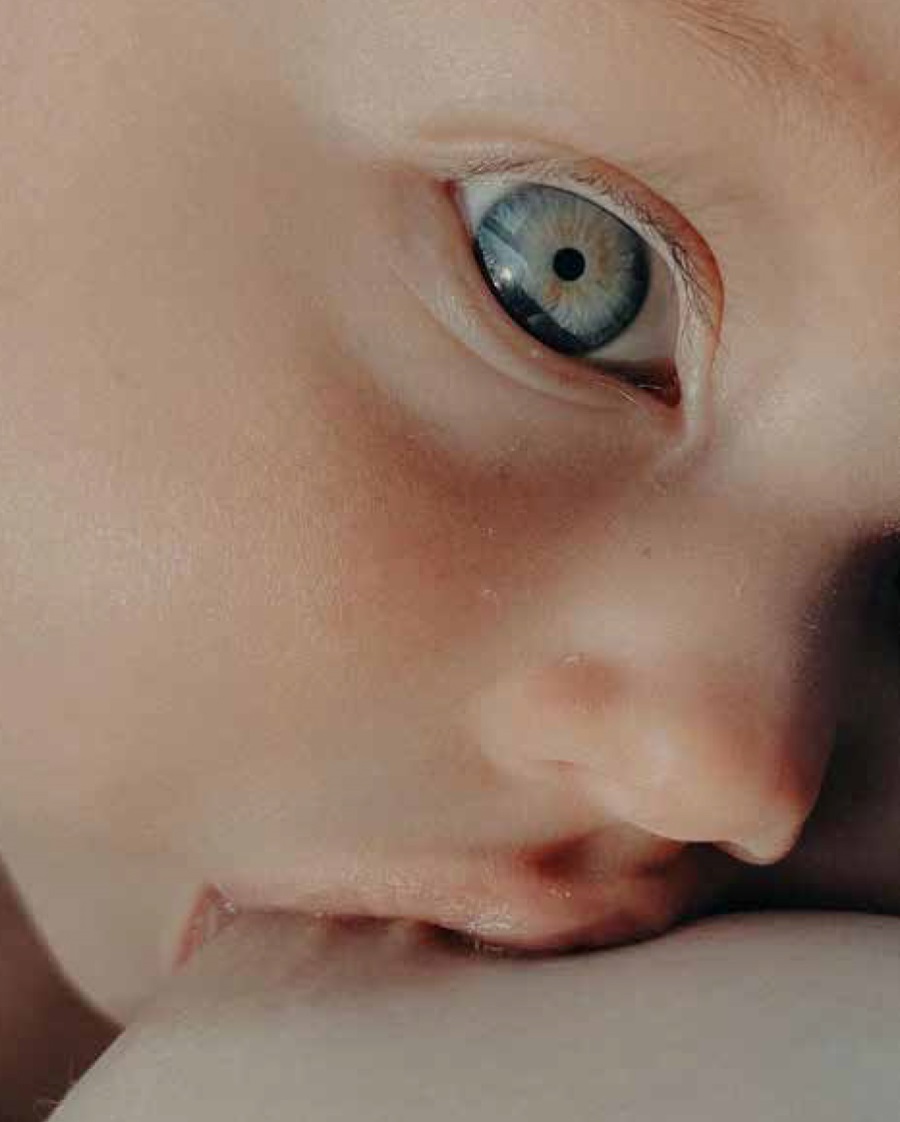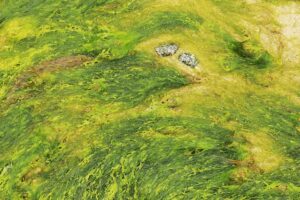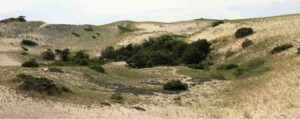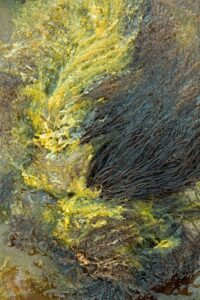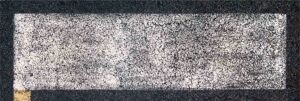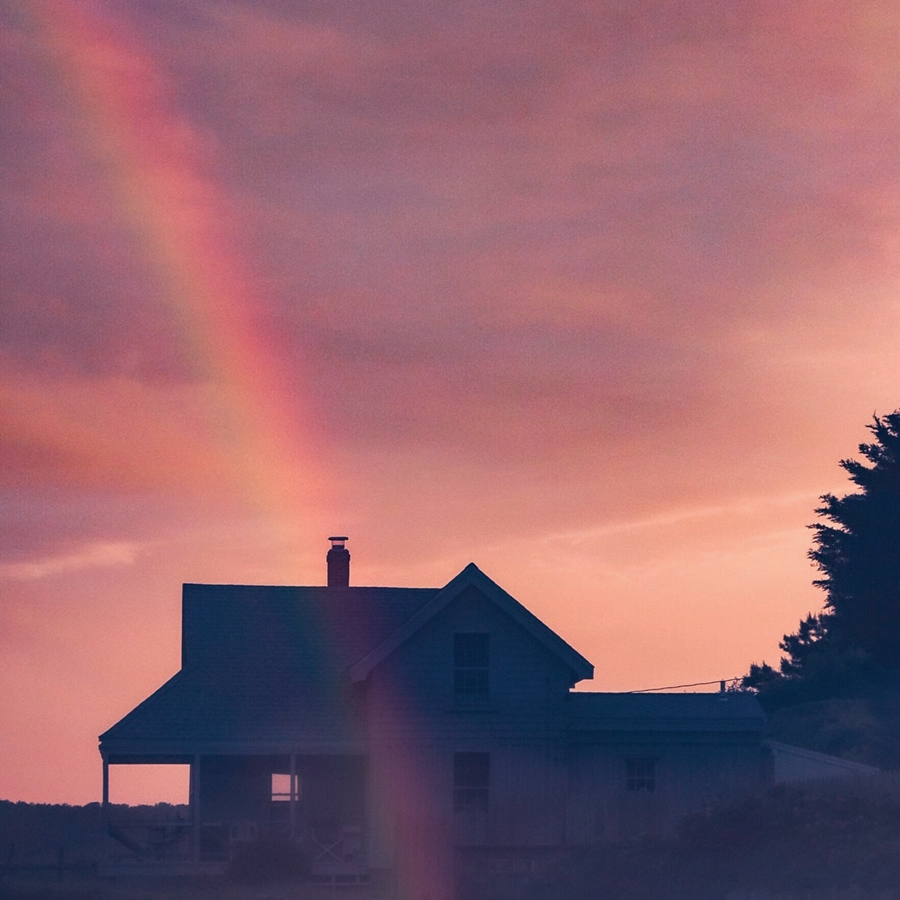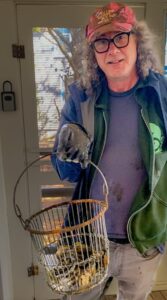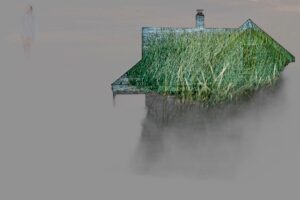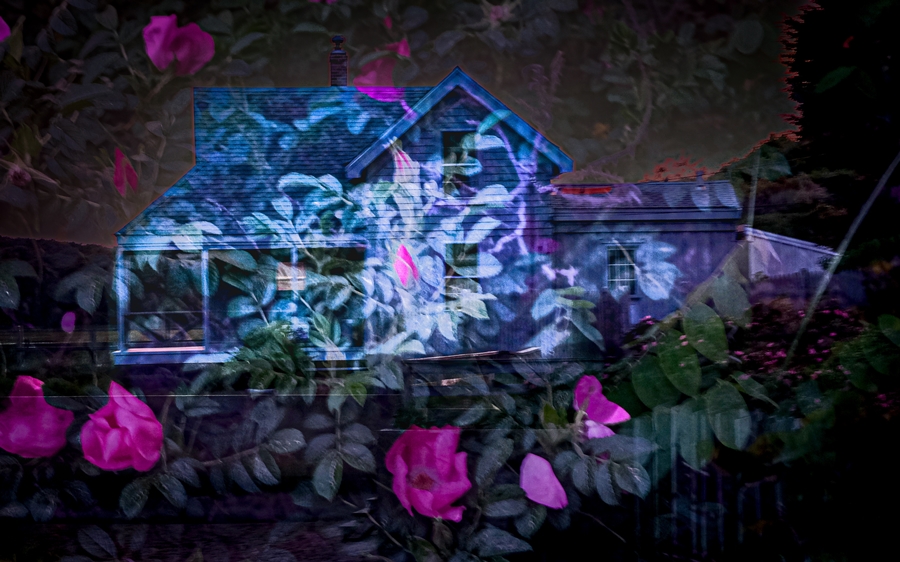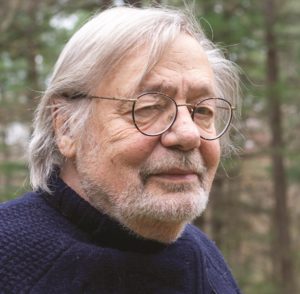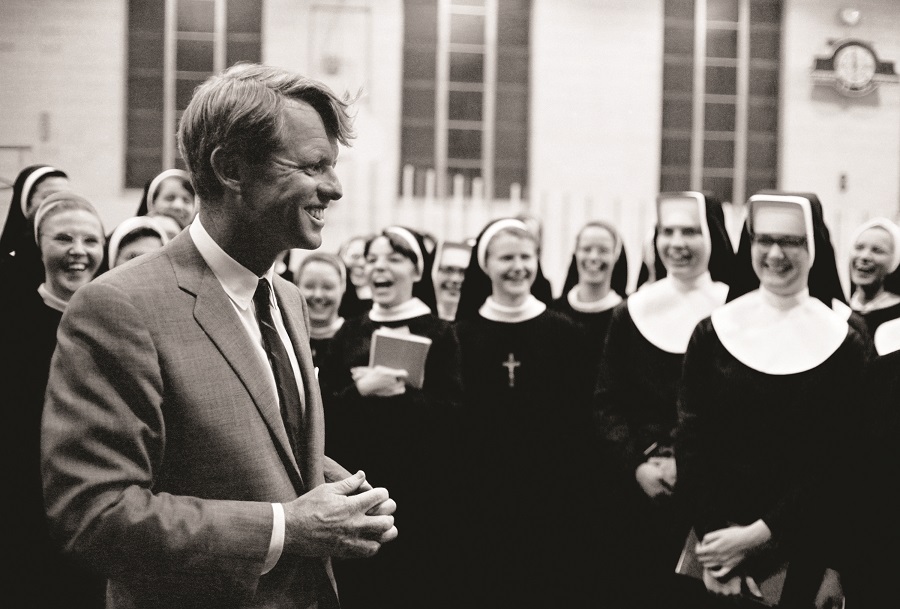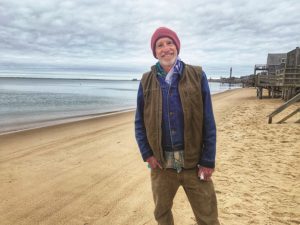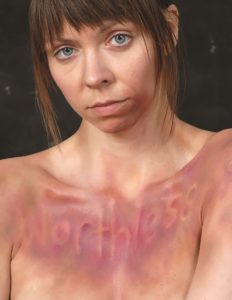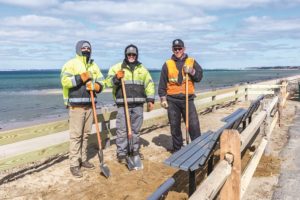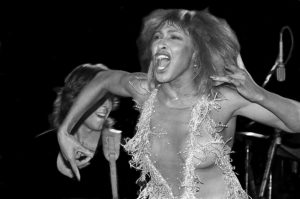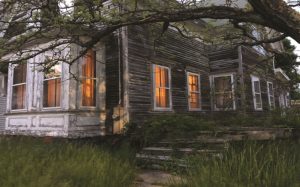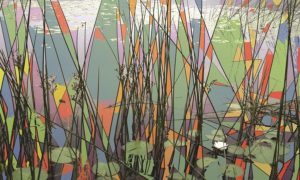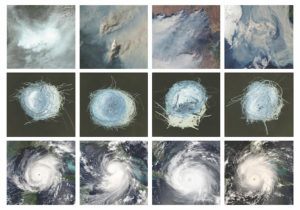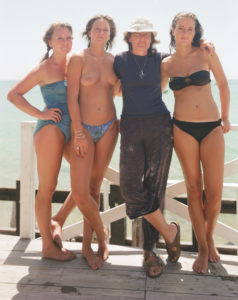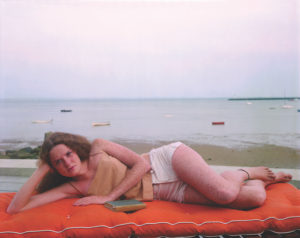As I approach Blair Resika’s North Truro home on a blistering Wednesday afternoon, she leans out the door and says, “You must be a musician, because you have perfect timing!”

She has placed everything that I might need on the piano in her living room: a bound collection of her photographs, some of which will be part of a show, “Resika by Resika,” opening at the Berta Walker Gallery on July 25; a press release about the show, which also includes paintings and pastels by her husband, Paul Resika; and a recent photo of her, just in case.
We venture to her back yard to examine the photographs in Paul’s studio on High Head Road. Each image has a story, and at 88 years old, Blair seems to remember them all, each one sparking a long chain of memories.
Her collection opens with two images of Paul in his Washington Square Studio in 1965, two years before the couple married. On the left page, he looks away from the camera, smoking with the vaguely rumpled air of a French existentialist. Behind him is his portrait of Blair, which has a small picture of Paul on a flyer from a 1964 exhibition. On the right page, he stares into the lens with a calm but daring expression his daughter Sonia Resika calls “Owl Eyes.”

“Those are the earliest ones I ever took,” says Blair. “After that, he always had a beard.”
Her photographs show Paul painting in valleys, on piers, and in the French countryside, a record of quiet, uninterrupted work spanning more than six decades. As the settings change, he appears much the same, his beard graying as he turns landscapes and animals into abstract forms. Blair tries not to break his focus.
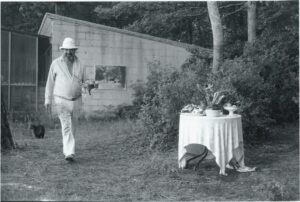
“In the very beginning, years and years ago, when he was out painting bulls in Mexico, I was creeping around and photographing him,” she says. “I had to sneak and hide behind bushes.”
An artist of many motifs and schools, Paul began his career influenced by French Impressionism and Realism, but his work became increasingly abstract and expressive. This journey finds its way, albeit obliquely, into “Resika by Resika.”
In a 1982 image called Umbrella, Horseleech Pond, he stands before his canvas in a sun-dappled forest clearing. A nude model, partly in shadow, poses in the background with her hands resting on a table, but Paul seems more focused on drawing the foliage in large, cloudy strokes reminiscent of Monet.
Paul has remained Blair’s main subject — her muse, even. “He’s the best person to photograph,” she says, flipping through the monograph. “He’s very photogenic, as you can see, and he’s always around: a subject that’s right there next to me, day in and day out.”
Though Blair half-jokingly calls herself a “washashore,” she has spent most of her life beside kettle ponds on the Outer Cape. Born to Elizabeth Blair and John Phillips, she and her sister, Hayden Herrera, grew up among artists and writers in Wellfleet, a world whose wonders and excesses Herrera chronicled in her memoir Upper Bohemia (2021).
“These upper bohemian parents allowed their offspring a great deal of freedom,” Herrera wrote. “We learned to stare at the opening and closing of spaces between blades of waving grass while thinking up something to do.”
Blair’s first camera was a Kodak Brownie, likely a birthday present. When she moved to New York City in 1940, she wandered around Central Park with the camera dangling from her neck.
After graduating from high school in Woodstock, Vt., she studied design and music at Sarah Lawrence College. She says that she often slipped away to perform folk music in New York, drawing from a small binder with hundreds of handwritten lyrics.
“I got married very young and had babies,” Blair says. “And then I got divorced from my first husband and married Paul, who said, ‘You should go and take some voice lessons.’ ”

At 28, she began photographing Paul. At 30, she became an opera singer. Blair says both practices have evolved with time, in part through her changing tastes and in part through newly available technology.
“For a long time, I did just Mexican and Spanish folk songs,” she says, but she has recently chosen to combine them with American music from the ’40s, ’50s, and ’60s. “I’ve done them in the same program,” she adds. “It’s odd, but it works.”
As for her photography, she has moved from the box cameras of her childhood to Nikons, Olympuses, Yashicas, and iPhones, each one subtly influencing the scale, shape, and texture of her images.
“A lot of my earlier photographs are gelatin silver prints — the old darkroom thing,” she says. “And these ones,” she adds, pointing to the book’s first spread, “are probably from the Yashica because of their square format.
“They’re all what’s called ‘full negative,’ ” she says. “Nothing’s cropped out. You stand in the corner of your husband’s studio and take a picture, then he moves back, then he moves forward. You take another one. To get one decent-looking picture, I’ll probably take 10.”
Of the dozens of photographs in her new collection, Blair loves Beach Picnic #2 (1988), a landscape portrait of young people scattered across the sand with long hair and billowing blouses. It’s easy to miss a small figure in the background — a speck, really, set against the dunes. That figure is Paul.
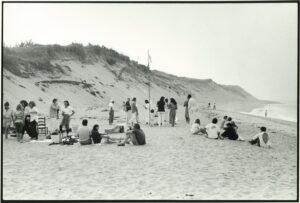
“I mean, it’s just this one little person in this fantastic, huge, long landscape,” she says. “It’s beautiful.”
A Life in Images
The event: Photographs by Blair Resika
The time: July 25 to Aug. 17; opening reception Friday, July 25, 5 p.m.
The place: Berta Walker Gallery, 208 Bradford St., Provincetown
The cost: Free
